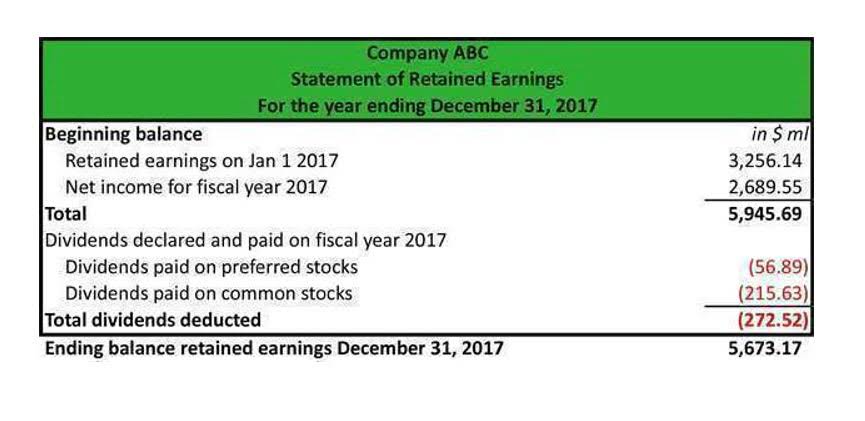
In some cases, they can represent a significant portion of total current assets. Sometimes, companies are not able to pay the money they owe for a very long time, or ever. The company may have gone out of business, maybe their industry is seeing a downturn in demand, or it simply does not have the cash flow. There is an allowance for this on the vendor’s balance sheet with a line amount called “Allowance For Doubtful Accounts”. Companies can calculate the amount a number of ways, but the amount is deducted from the accounts receivable total in the assets section of the balance sheet. Most importantly, they play a significant role in ensuring that your business has a healthy cash flow.
ABL can also be structured around other assets, such as commercial property, equipment, or inventory. Similar to factoring is invoice discounting, in which an invoice discounter advances a percentage trade receivables of the value of an invoice. Unlike factoring, invoice discounting allows the seller to retain control over its sales ledger while remaining responsible for collecting payments from customers.
Create a Free Account and Ask Any Financial Question
A company’s trade receivables or accounts receivable are an important consideration when it comes to calculating working capital. An increase in the trade receivables amount may mean a company has sold extra product during a certain period, or that they are not getting payments for invoices in fast enough. If the receivable amount is too low, then perhaps the payments terms are too strict and not enough product is getting sold. In the intricate web of business transactions, trade receivables emerge as a critical component, representing the amounts owed to a company by its customers.
- Company A is waiting to receive the money, so it records the bill in its accounts receivable column.
- The amount which is due to be received on a specific date is mentioned in the bill.
- Through this dashboard, you can also set up recurring invoices, request advance deposits, send late payment reminders, and include any extra fees & expenses.
- Materiality may be determined either on the basis of the size alone or on the basis that the transaction is unusual and should be fully disclosed.
- While trade receivables introduce the element of delayed cash inflows, they also provide a consistent and structured stream of income over time.
- Offer discounts for early payment to incentivize customers to settle their invoices promptly.
Trade receivables represent assets on the balance sheet, contributing to the company’s overall valuation and financial position. A healthy portfolio of receivables enhances the perception of the company’s financial health. To improve your business’s liquidity, it pays to keep a close eye on your trade receivables. Put simply, they may have a significant role in ensuring your business is able to maintain a healthy cash flow.
Autonomous Finance Platform
GoCardless makes it easier and faster for your customers to pay you by giving you the option to collect recurring payments via Direct Debit. If all goes well, Manfredi will keep to the terms of the agreement and Ingrid will receive payment within 30 days. If Manfredi pays on 16 April 20X0, Ingrid will debit this in her Cash Book (in the Bank column) and credit the trade receivables account (in the General Ledger).

